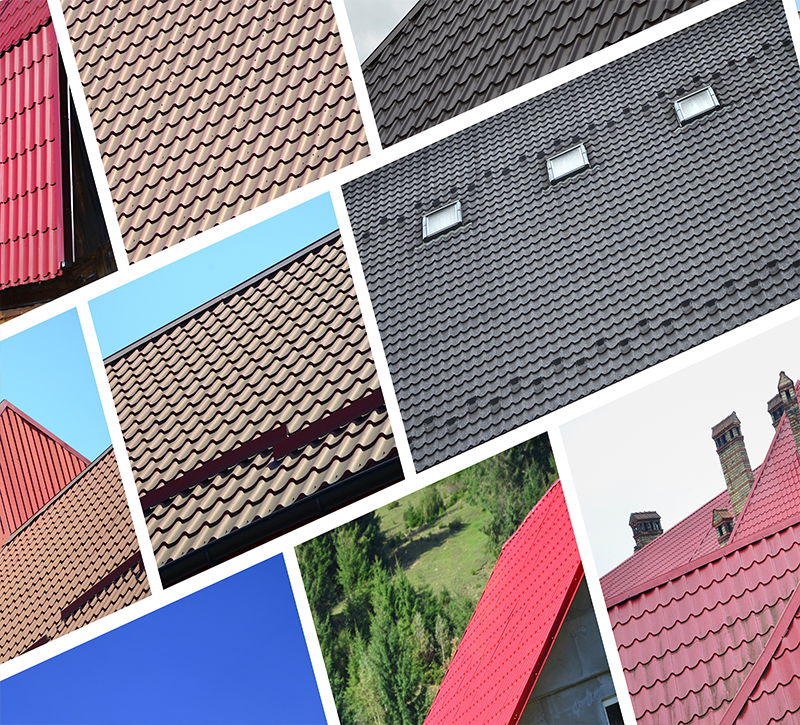
Roof Types: A Comprehensive Guide

When it comes to roofing, there are several different types to choose from. Each type has its own unique features, advantages and disadvantages. In this guide, we'll take a closer look at some of the most common roof types.
Gable roof: A gable roof is one of the most popular roof type. It consists of two sloping sides that meet at the ridge, creating a triangular shape. Gable roofs are simple and cost-effective, but they can be vulnerable to high winds. Gable roofs are the most common type of roof in the US. This type of roof is easy to construct and provides good ventilation and additional attic space. A variation of the gable roof is the cross gable roof, which has two or more gable roofs intersecting at right angles.
Hip roof: A hip roof has four sloping sides that meet at the ridge. The sides are all equal in length, creating a pyramid shape. Hip roofs are more stable than gable roofs and can provide better protection against wind and rain. Hip roofs are popular in areas with high winds, as they are more aerodynamic and less likely to suffer damage. They have slopes on all four sides that come together to form a ridge, and the sides can be equal in length or have two longer sides and two shorter sides.
Mansard roof: A mansard roof is a type of roof with two slopes on all four sides. The lower slope is steeper than the upper slope, creating a flat roof at the top. Mansard roofs are popular for their aesthetic appeal and can provide additional living space in the attic.
Flat roof: As the name suggests, a flat roof is completely flat. Flat roofs are common in commercial buildings and modern residential homes. They are cost-effective and easy to install, but they require regular maintenance to prevent water pooling. They are not actually flat, but have a slight pitch to allow for water drainage. Flat roofs can be constructed with a variety of materials, including tar and gravel, single-ply membranes and metal panels.
Shed roof: A shed roof is a single sloping roof that is attached to a higher wall. It is often used in outdoor structures like sheds, porches, and patios. Shed roofs are simple and cost-effective, but they may not provide enough protection against wind and rain. Shed roofs are simple and inexpensive to build, making them a popular choice for sheds, storage buildings and even some modern residential designs. They have a single slope that is steeper on one side and can be attached to an existing roofline.
Butterfly Roof: The butterfly roof is a modern and unique design that resembles the wings of a butterfly. The roof is made up of two separate surfaces that slope downward in the middle and upward on the sides. This design allows for ample natural light to enter the building and is ideal for areas with high rainfall or snow. Butterfly roofs are a unique design that has become more popular in modern architecture. They have two roof surfaces that slope inward, creating a V-shape. The two sides of the roof meet at a valley, which can create a natural drainage system. Butterfly roofs can provide natural light and ventilation and are often used in sustainable and eco-friendly building designs.
There are many different roof types available for residential and commercial properties. Each type has its own advantages and disadvantages, depending on the climate, the building's purpose and the owner's preferences. By understanding the different roof types, homeowners and property owners can make an informed decision about which type of roof is right for them.

 Rated Excellent
Rated Excellent